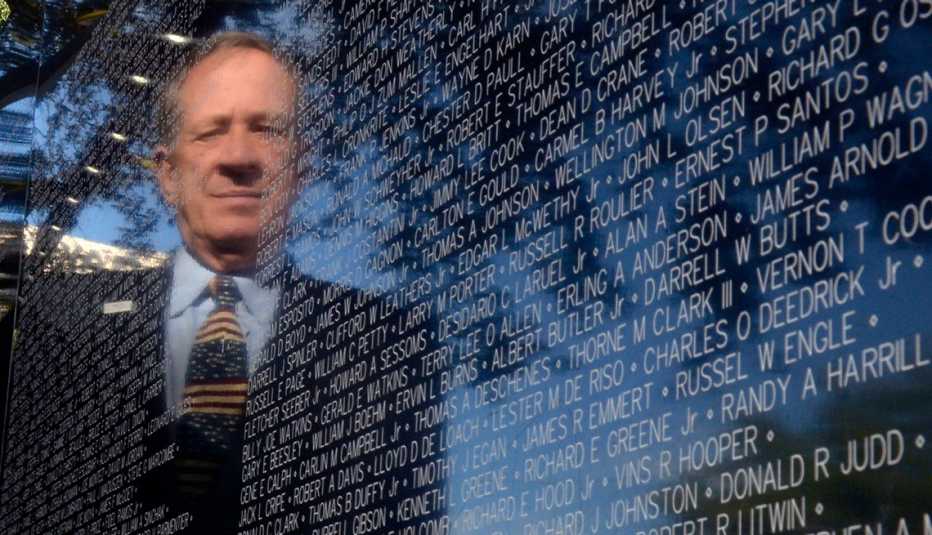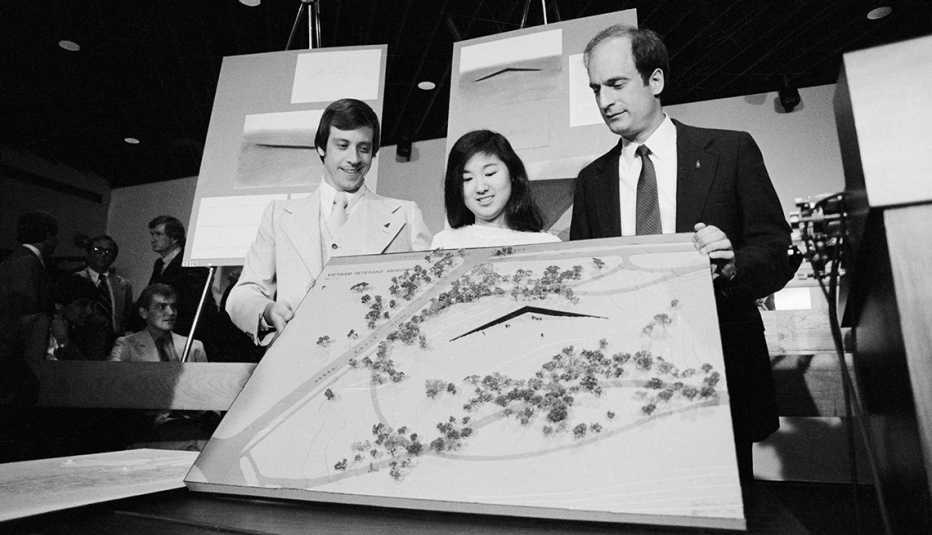Staying Fit


Although 40 years have passed since the Vietnam Veterans Memorial was constructed, its founder, Jan Scruggs, 72, continues to visit the site every week and says that he has frequented it thousands of times.


AARP Membership— $12 for your first year when you sign up for Automatic Renewal
Get instant access to members-only products and hundreds of discounts, a free second membership, and a subscription to AARP the Magazine.
“It's just a very pleasant place. It's like going into a cathedral,” he said. “People talk with a hushed voice. It’s a sacred place.”
For tourists, the location is the most-visited memorial on the National Mall in Washington, D.C., attracting more than 5 million people each year.
When Scruggs travels to downtown Washington from his home in Annapolis, Maryland, he usually lingers on the memorial’s grounds for a while without mentioning who he is. But, on occasion, he will give a touring school group an impromptu history lesson.
“When it was built, I felt for the first couple of years that this would be something that would attract crowds on Veterans Day and Memorial Day, and would basically be of interest to people who were directly involved with the Vietnam War,” said Scruggs. “I was recently there, talking to a bunch of people from Spain. They were absolutely enthralled with this memorial.”
For Scruggs, a Vietnam veteran himself, creating the memorial aided in his recovery from post-traumatic stress disorder (PTSD) and fulfilled a mission he said he was destined to accomplish.
“It was really the impossible dream. I was absolutely convinced that it had to be done,” he said. “I was the person who had to, I was almost chosen to do this. This is why I was born. I became very obsessed by it.”
Consequences of war
Scruggs was just 19 when he arrived in Vietnam with the Army in April 1969. After only a month into his deployment, he was severely wounded, losing so much blood that he thought he was going to die. Eventually, he was rescued by fellow service members who bandaged him up and took him to the hospital, where he stayed for three months before returning to combat duty. In total, Scruggs completed 12 months of active duty in Vietnam and received a Purple Heart because of the wounds he sustained.
Upon returning home in 1970, Scruggs bought a motorcycle and started a self-described “wild life,” drinking alcohol and smoking marijuana, in part, to neutralize his symptoms of PTSD.
However, he still wanted to make something out of his life, so he decided to get a master’s degree in counseling psychology and was eventually recognized as one of the first experts on PTSD, writing articles about the disorder and testifying on it before Congress. (PTSD was not officially classified by the American Psychiatric Association until 1980.)


































































More on Home and Family
Unlikely Friendship Forms Due to AARP Veteran Volunteer Program
Veteran Friendly Voice program combats social isolation
Why a Japanese American Vet Paved Her Own Path
Navy Capt. Macri says she was a military “triple threat”Decorated Veteran’s Injuries Prompt New Mission to Help Others
Gretchen Evans, 62, says she continues to serve after leaving the military